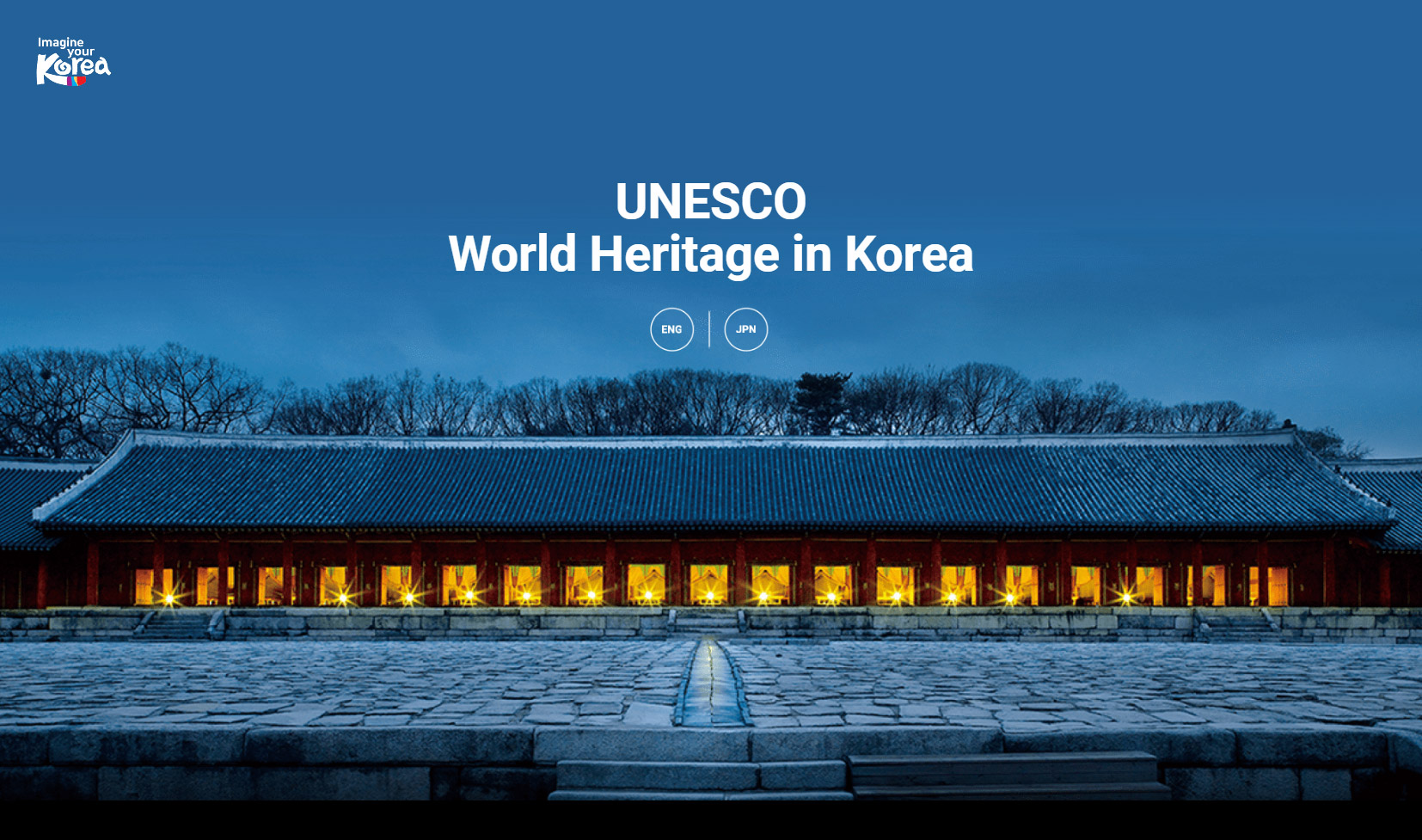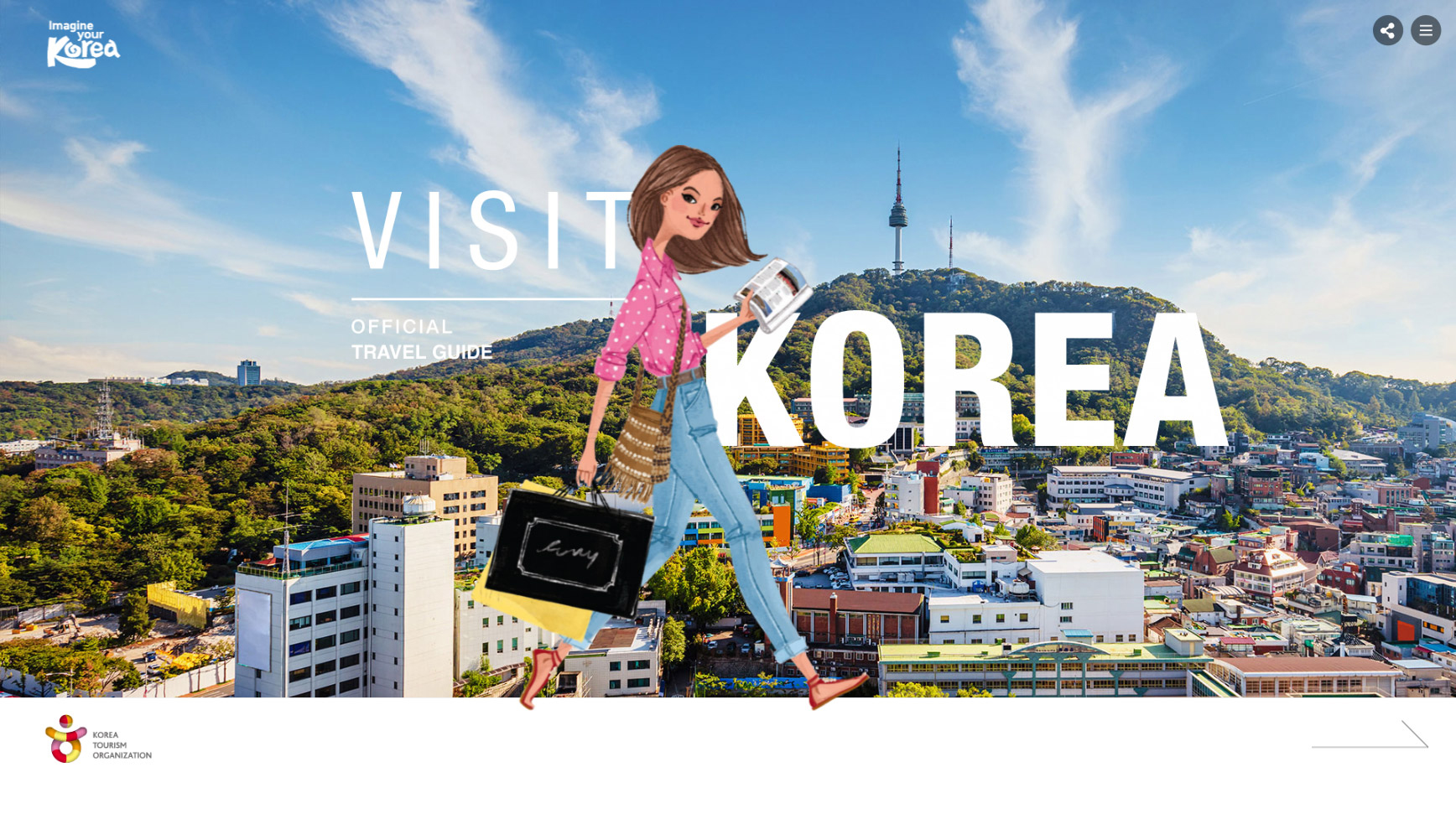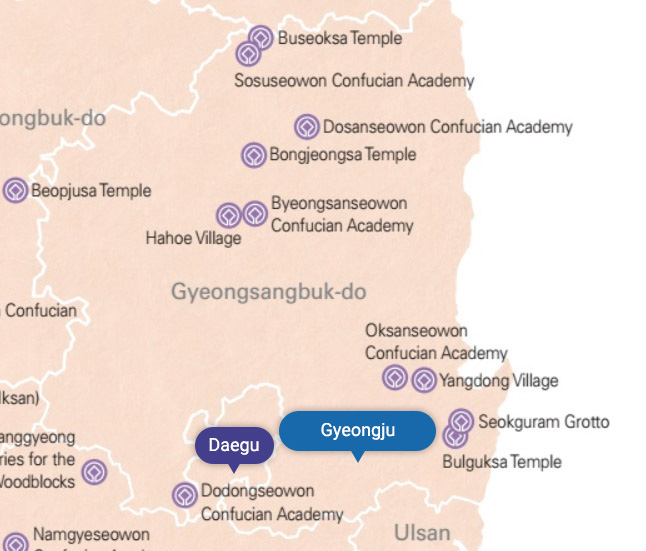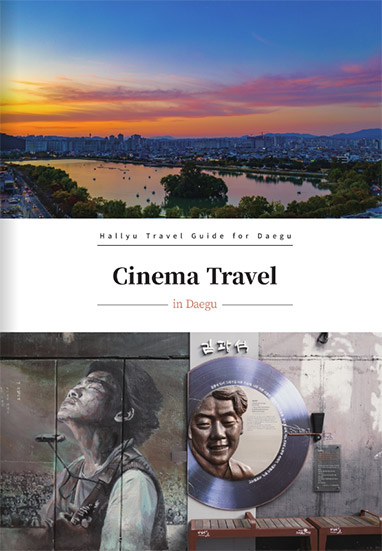Tourist Attractions
Daegu
Major tourist attractions
-
Modern Culture Alley
Modern Culture Alley is the place where visitors can experience both modern times and present day of Daegu. There are many historical spots of Daegu so it is more meaningful.
Modern Culture Alley composed with five different courses and each course has its concept. Each course normally takes about 2 hours.
On the website you can apply a tour guide service for free.
-
Daegu Tower (83 Tower)
The Daegu Tower (height 202m) is located on European style theme park inside Duryu Park. It is a tourist attraction where you can look over the whole city of Daegu. The traditional architectural beauty of the tower has been reproduced and its Dabotop pagoda shape has been recreated. The west part of Daegu Tower has Duryusan, Seongdangmot and Daegu Culture and Arts Center where the tourists could enjoy various performances, exhibitions and events.

-
Seomun Market
Seomun Market is the biggest market in Daegu and the market boasts a long history and a deep-rooted tradition. Recently, Seomun Market opened a night market and now it became one of Daegu’s major public and tourist destinations, the market offers a wide range of merchandise and street food and serves as a venue for various public performances and art exhibitions.
Seomun Night Market opens every night from 19:30 to 24:00 (or until 24:30 on Friday and Saturday nights).
-
Suseong Lake
Suseong Lake is the best ecotourism place with a nice path including a wooden boardwalk, allowing for visitors to take a relaxing stroll around the lake or join in a pedalo. Surrounding lights give the lake a warm, comfortable feelings.
Also, the installed visual music fountain provides nighttime performances twice a day from May to October and it provides unique attractions.
-
Palgongsan
It is the famous mountain popular with both of Daegu citizens and visitors from other areas. Palgongsan is a beautiful mountain every 4 seasons so it is good place for hiking and driving anytime.
There is famous buddha named Gatbawi and it has a nationwide reputation as a relief and faithful place where one wishes can be heard when praying to Gatbawi Buddha.
-
Gangjeong Goryeongbo Weir (The ARC)
There is a unique building at the point where the Nakdonggang river and Kumhogang rivers meet. It is also called as the Four Rivers Cultural Center and it is a different exhibition space as a building and an artwork. The ARC is designed by Hani Rashid, who has won a prestigious award for world-class architectural design. It is also a good place to ride a bicycle and it became the rising sightseeing spot because of its beautiful night view.

23 Tourist Attractions by Region
-
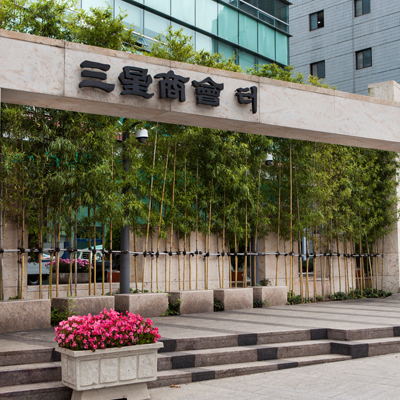
Old Site of Samsung Sanghoe
-
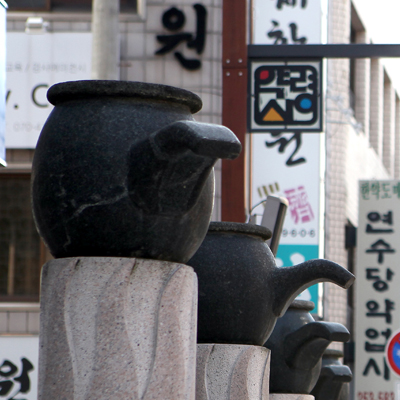
Yangnyeongsi
-
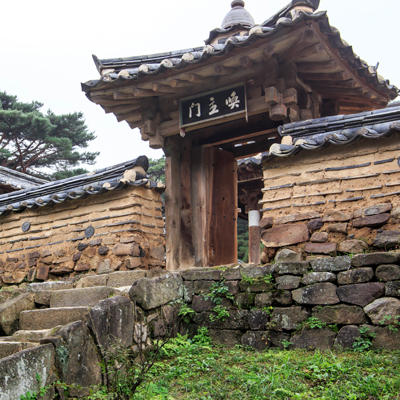
Dodong Seowon Confucian Academy
-
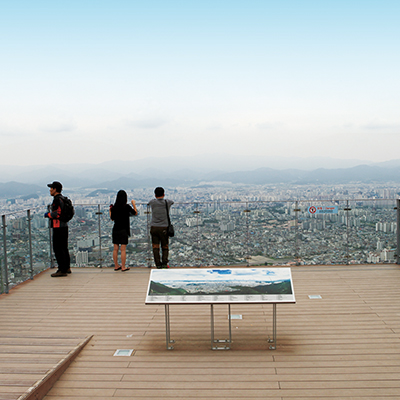
Apsan Mtn. Obervatory
-
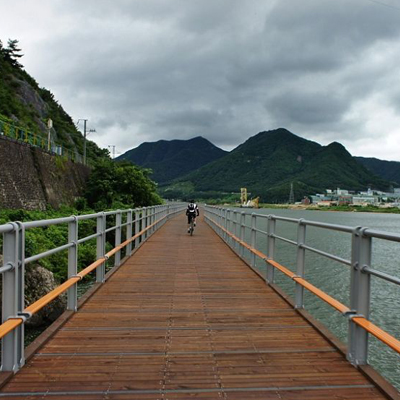
Nakdonggang Riv. Cycle Path
-
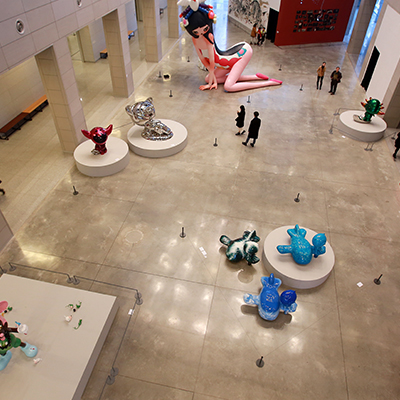
Daegu Art Museum
-
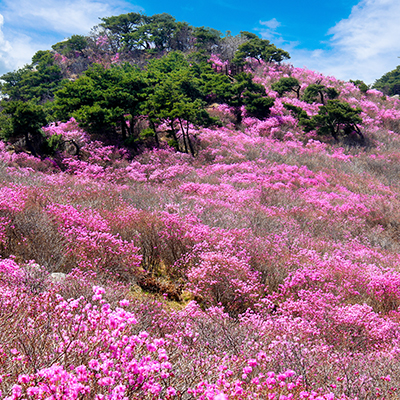
Korean Rosebay Habitat in Biseulsan Mtn.
-
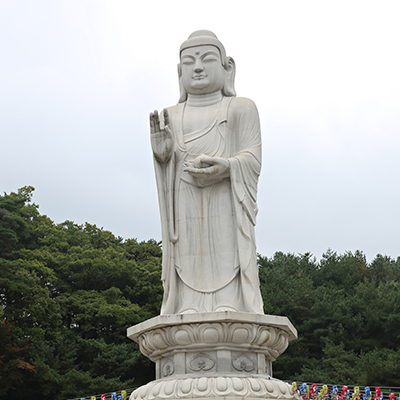
Donghwasa Temple
-
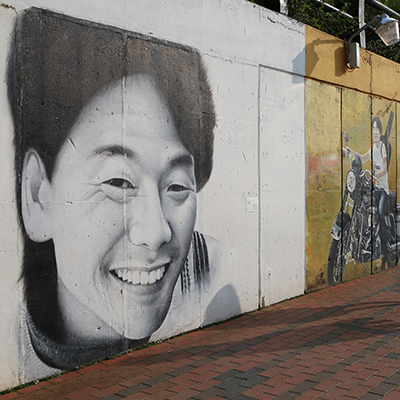
Kim Gwangseok Road/Bangcheon Market
-
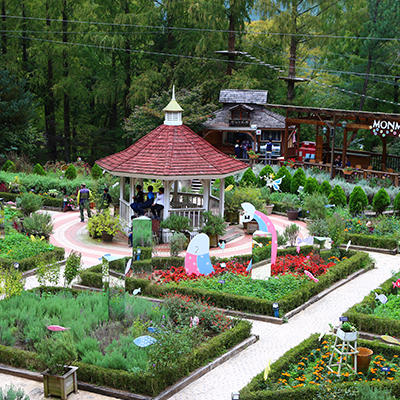
Daegu Forest
-
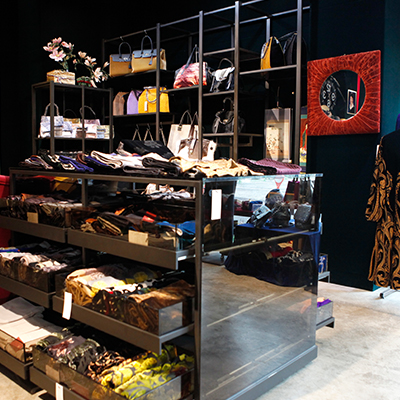
Velvet Gallery Yeongdo Daum
-
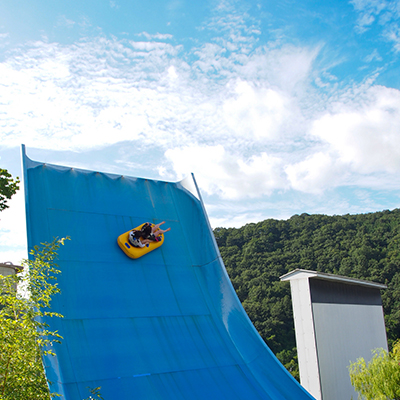
foRest spa valley
-
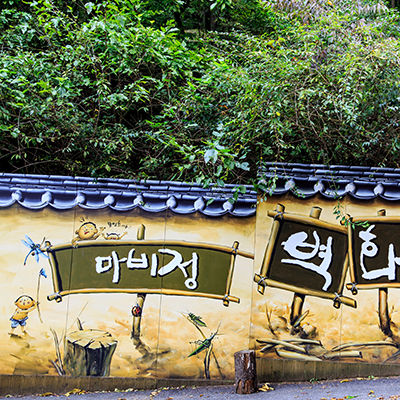
Mabijeong Mural Village/Inheung Village
-
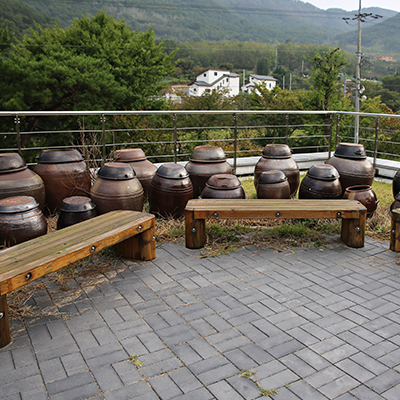
Nokdong Seowon Confucian Academy/ Korea-Japan Friendship Center in Dalseong
-
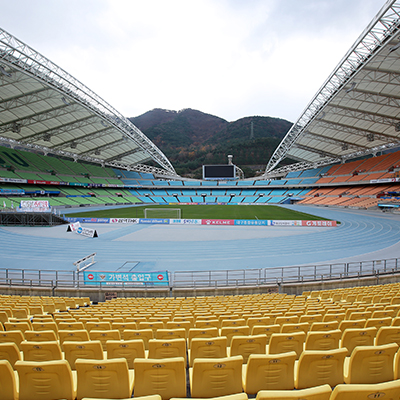
Daegu Stadium
-
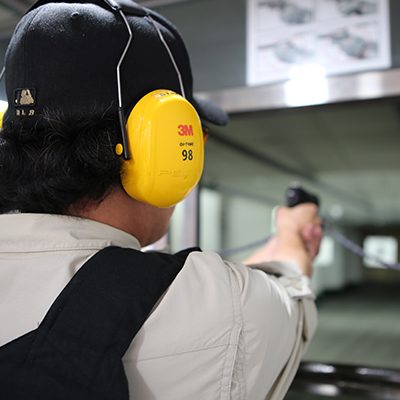
Daegu Shooting Range
-
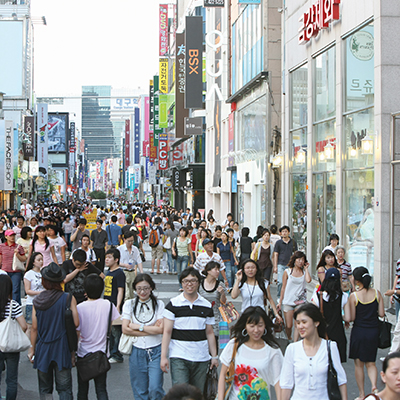
Dongseongno
-
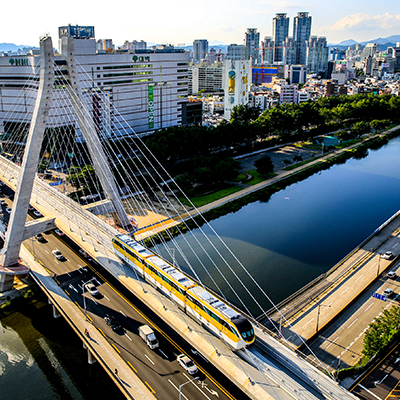
Monorail (Daegu Metro Line 3)
-
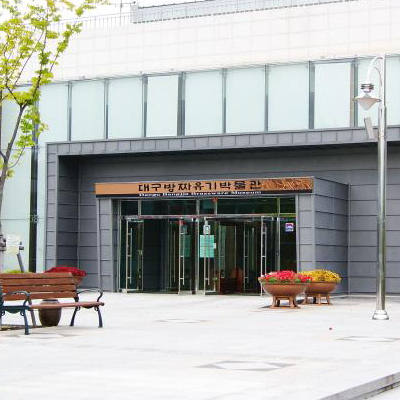
Daegu Bangjja Brassware Museum
-
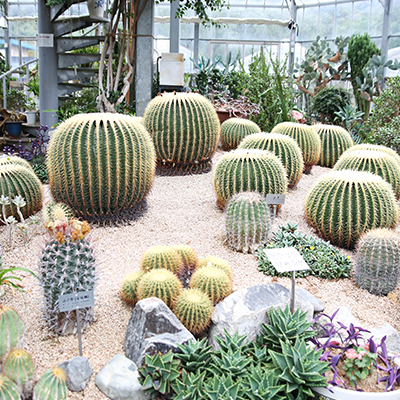
Daegu Arboretum
-
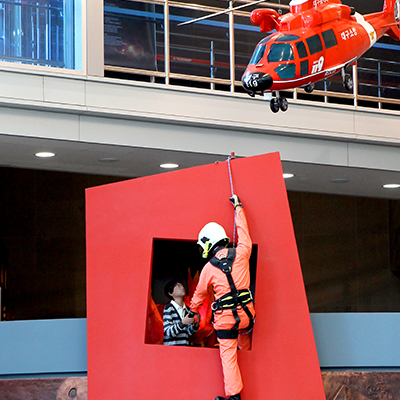
Daegu Safety Theme Park
-
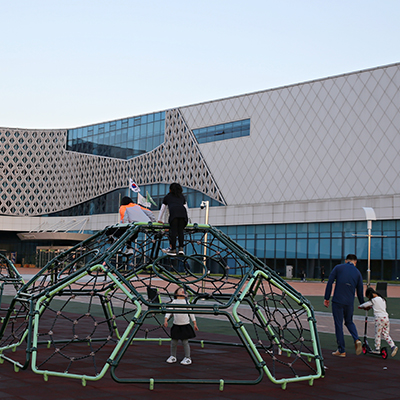
National Daegu Science Museum
-
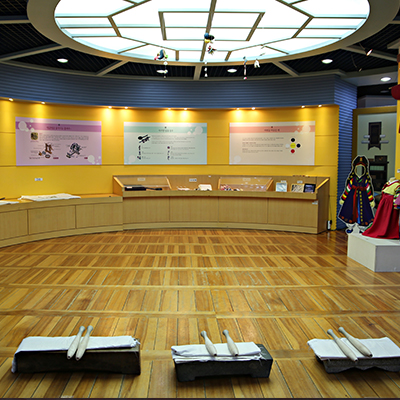
Daegu National Museum
Gyeongju
Major tourist attractions
-
Bulguksa Temple
The temple is a UNESCO World Heritage Site that is recognized as Historic and Scenic Site No. 1 by the Korean government, housing six national treasures. It was first built as a small temple in the year 528 but grew in size over time as Buddhism spread across Korea. Unfortunately, because of wars throughout history, the wooden buildings were burnt down and reconstructed in 1604.

-
Seokguram
Designated as a UNESCO World Heritage Site since 1995, this sculpture of Buddha sitting on a lotus is built in an artificial grotto. Within the grotto, you will experience a feeling of grandeur as well as a sense of peace and tranquility from the look on the sculpture's face. It is a great representation of Buddhist art during the Silla Dynasty.

-
Cheonmseongdae
Cheomsongdae, Korea’s 31st national treasure, is an astronomical observatory built in the year 633. It is known to be the oldest surviving observatory in the world.

-
Gyeongju National Museum
Gyeongju National Museum encapsulates over 1,000 years of Silla in one place. It is a place where you can view the cultural heritages and artifacts that have been discovered and preserved. The main artifacts are the royal family’s crowns and jewelry, which you can compare to artifacts from your home country.

-
Hwangridan-gil
Hwangridan-gil is a relatively new street in Gyeongju with over 700 shops, cafés, bakeries, restaurants, and accommodations. Though other Korean cities are known for their skyscrapers and buildings, Gyeongju, as a heritage site, has restrictions on buildings. As such, most of the buildings on this street only have one or two floors, and many of them are built in the form of a hanok (traditional Korean building), creating a warm and welcoming atmosphere for visitors.

-
Donggung Palace and Wolji Pond
Wolji, a separate palace for the princes during the Silla Dynasty, is a pond that was built in 674. Donggung, which means “palace on the east,” was created after Silla’s unification of the Three Kingdoms. It is known for its beautiful scenery, particularly during sunset and at night, when the reflections from the pond make it even more beautiful.

-
Waljeonggyo Bridge
Not far from Gyochon Village is Waljeonggyo, a wooden bridge over the river. Originally, it was recorded to have been built in 760 and lasted for over 520 years. However, historical records indicate that it was burned down during a war, and all that was left of the bridge were its stone piers. Korea decided to reconstruct the bridge in 2004, and it was reopened in 2018.


